The Museum of Archaeology Ōtautahi (MoAŌ) is a digital museum of Canterbury’s past, created by the Christchurch Archaeology Project. In its database are thousands of artefacts along with information from hundreds of archaeology sites around Canterbury that were excavated following the earthquakes of 2010 and 2011.
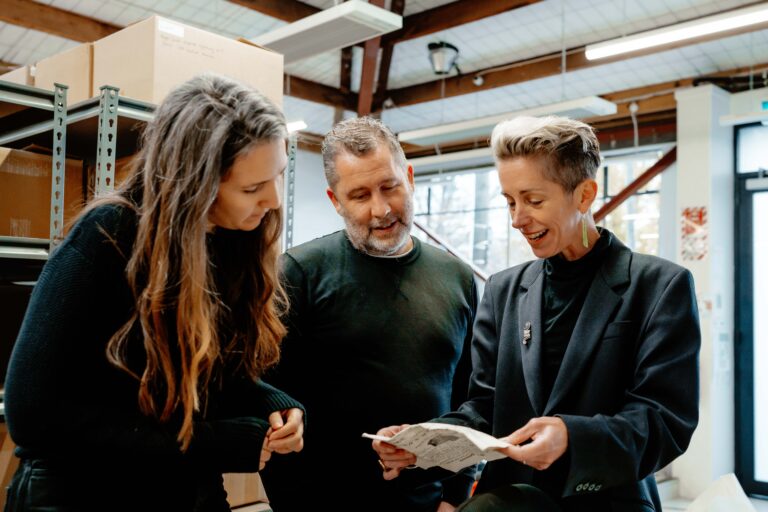
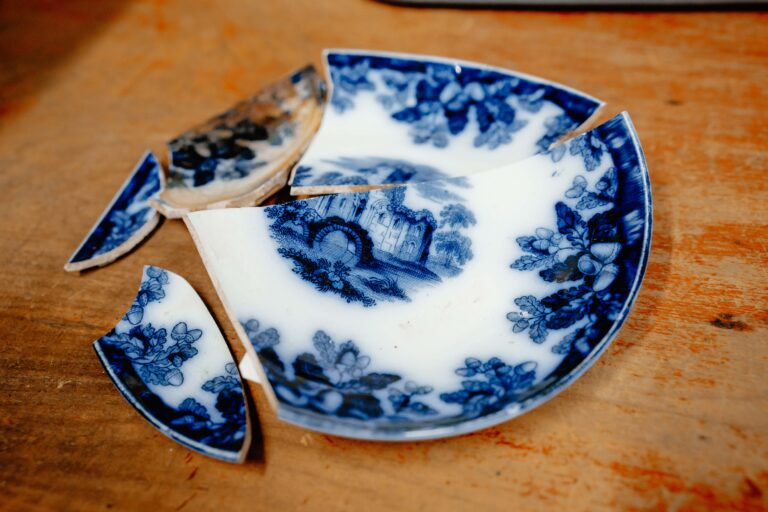
The dataset that MoAŌ brought to us was the work of multiple archaeologists gathered over the last decade. Being historical information about people, the data is inherently loosely structured, with many gaps and exceptions, reflecting the ever shifting nature of society.
They needed a way to bring all of this information together in a structured way that could be accessed by anyone, without trawling through multiple, unwieldy, and disparate spreadsheet files.
A museum is only useful if what it holds can be viewed by people. MoAŌ had two distinct groups of people they wanted to share their archaeology with: researchers (including other archaeologists) and the general public (especially local Cantabrians).
These two groups have different requirements for what information they want and how they find it.
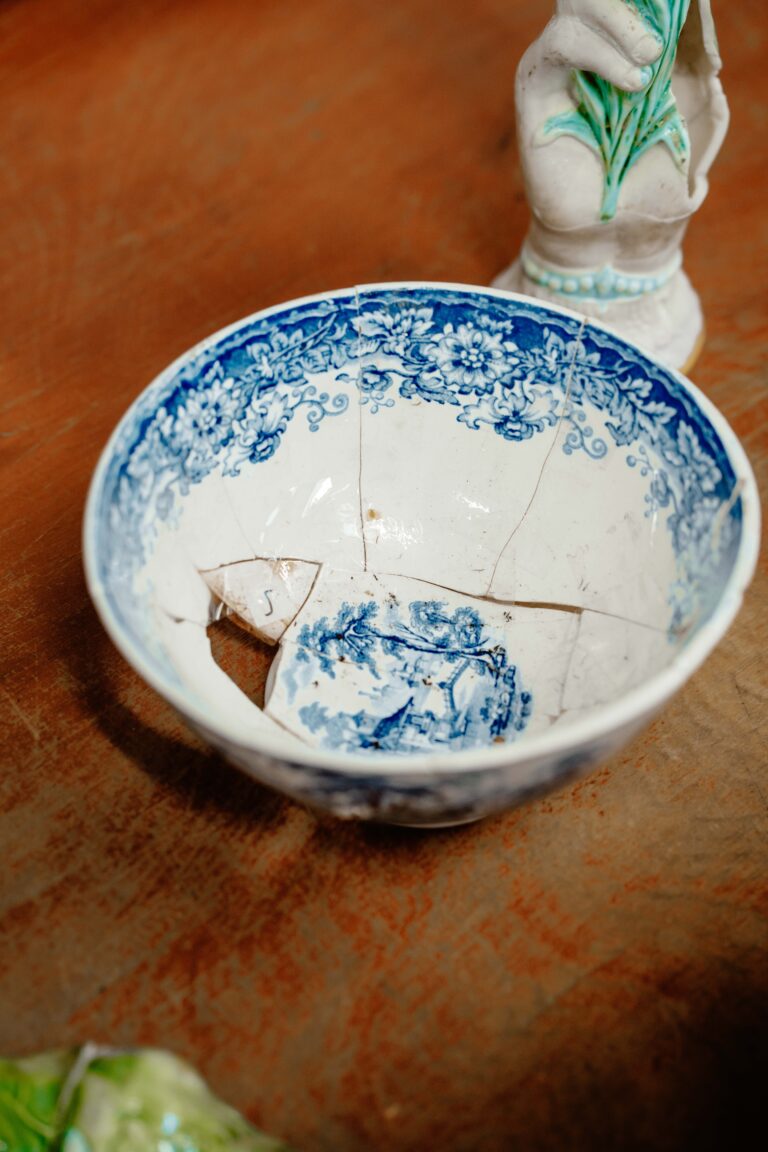
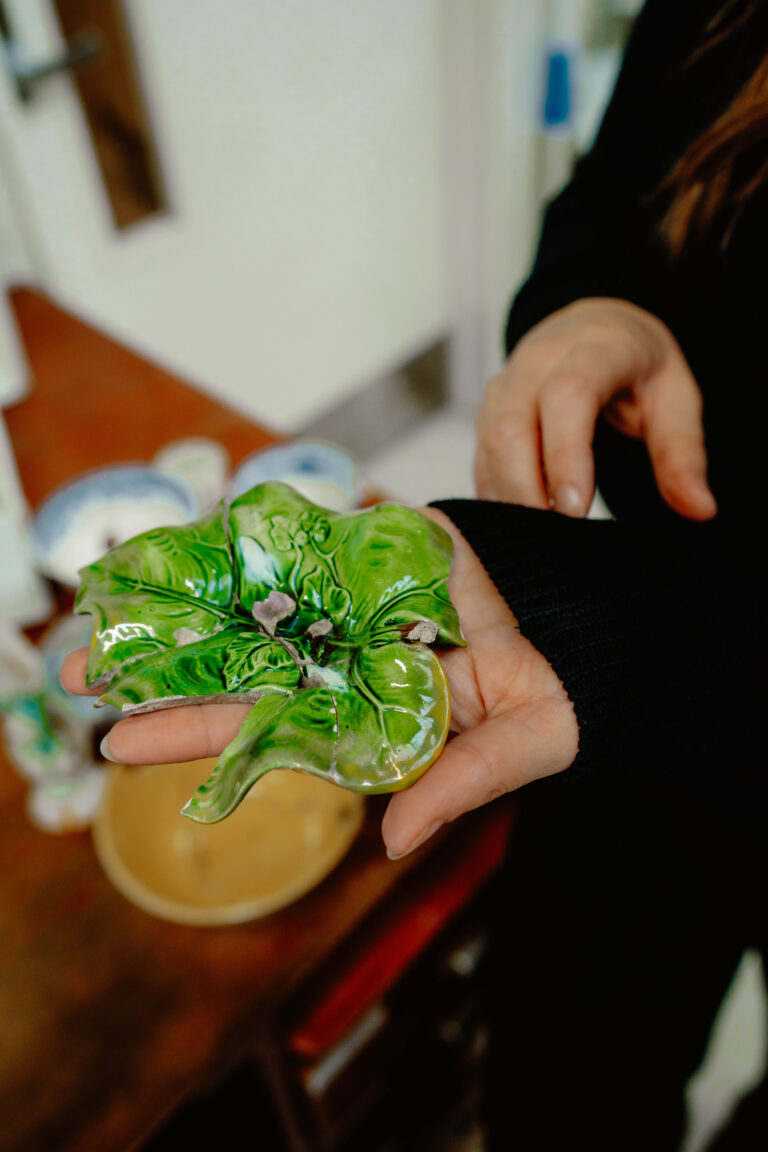
To handle the breadth of data in the museum, Intranel worked closely with MoAŌ to gain a deep understanding of the domain knowledge and dataset. In reviewing the data, we were able to help define conventions and structures that would allow the information to be moved from loose spreadsheets to a formalised database.
Intranel also ran workshops to determine how other researchers and the general public would access and explore the data.
We diagrammed the relationships between the different datasets to be able to interlink all the data from across multiple spreadsheets. We then built a tool to highlight any inconsistencies and errors in the spreadsheets so they could be reviewed and corrected prior to being imported to the database.
With a broadly relational database, we were able to connect people, artefacts, buildings, and places together that may have been excavated at different times and locations.

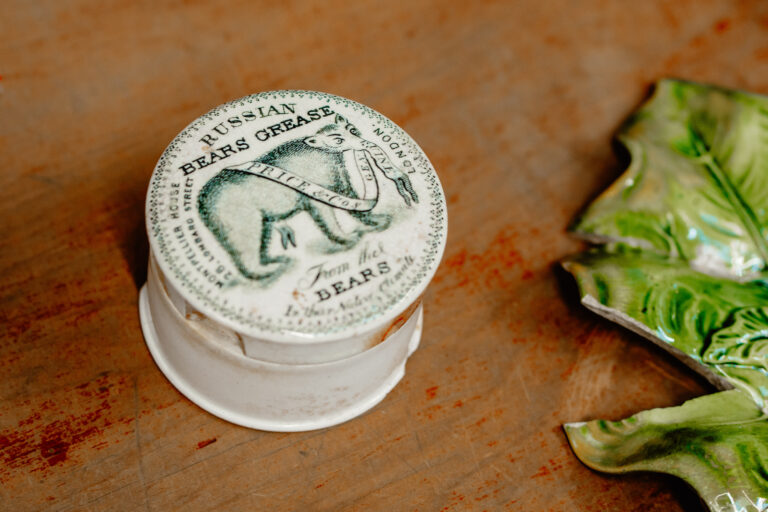
For researchers and archaeologists, we built a structured way to search the data. This area requires a registered account approved by the museum since some of the information is protected to preserve the history.
This group of people can also export the raw data for further research.
For the general public, we built a more exploratory experience. Enhanced with images of artefacts and diagrams of historical buildings, people can browse from entry to entry, winding their own way through the connected threads of data.
The team at Intranel were fantastic to work with: they were quick to grasp the numerous challenges that our complex archaeological data presented, and worked with us to devise appropriate solutions. Further, they went above and beyond to make sure that we had a great-looking and fully functioning product for our launch.
Ready to take your project to the next level? Get in touch with our team to get expert feedback and project estimates.